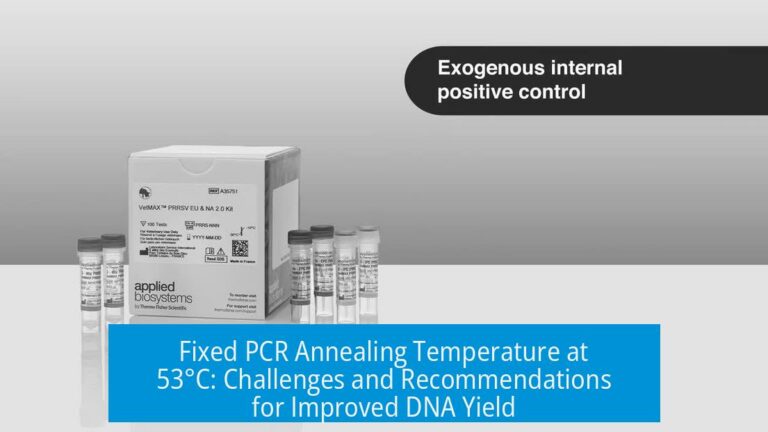Understanding Phase Equilibrium and Evaporation in Relation to Phase Diagrams

Phase equilibrium occurs only on the liquid-vapour equilibrium line of a phase diagram, where both liquid and vapour phases coexist. Evaporation outside this line, such as water evaporating at ambient conditions, happens in open systems and is governed by vapour pressure rather than total pressure.
Liquid-Vapour Equilibrium Line in Phase Diagrams
The liquid-vapour equilibrium line is a specific curve on a phase diagram where liquid and vapor phases coexist. At this line, the system is in dynamic equilibrium: molecules evaporate and condense at equal rates.
If the pressure is increased isothermally (constant temperature), some vapor will condense. However, the system remains on the equilibrium line until the vapor phase is completely gone. This process prevents a sudden transition to a single liquid phase upon slight compression. The phase diagram captures this nuanced behavior.
Behavior of the System upon Isothermal Compression
- Isothermal compression raises pressure slightly.
- Vapor condenses to maintain equilibrium.
- System stays on the equilibrium line until vapor is exhausted.
This explains why two phases persist along the equilibrium line, not abruptly transforming to one phase with minor pressure changes.
Evaporation in Open Systems: Beyond the Equilibrium Line
Outside the equilibrium line, evaporation can occur if the system is open to the atmosphere. A glass of water left uncovered at room temperature and pressure will evaporate even though the conditions don’t lie on the equilibrium line.
This happens because the air above the water is not sealed. Water molecules escape into the air, increasing the vapor pressure until it matches the partial pressure of water vapor in the surrounding air. True equilibrium is not reached unless the system is closed.
Water at Ambient Conditions
Although phase diagrams show that liquid water exists only in certain pressure and temperature ranges, these apply to closed systems. In open air, water coexists with atmospheric gases. Its evaporation relates to vapor pressure rather than total pressure.
| Condition | Phase System Type | Phase Behavior |
|---|---|---|
| On equilibrium line | Closed system | Coexistence of liquid and vapor |
| Outside equilibrium line | Open system | Evaporation continues until vapor pressure balances partial pressure |
Key Takeaways
- Phase equilibrium exists solely on the liquid-vapour equilibrium line in closed systems.
- Isothermal compression maintains equilibrium by condensing vapor, not eliminating two-phase coexistence abruptly.
- Evaporation outside the equilibrium line occurs in open systems, driven by vapor pressure, not total pressure.
- Atmospheric air creates conditions where liquid water evaporates at ambient pressure and temperature.
What defines the liquid-vapour equilibrium line on a phase diagram?
This line represents the set of conditions where liquid and vapor phases coexist in equilibrium. If the system is on this line, both phases exist simultaneously without changing.
Can increasing pressure isothermally move the system off the equilibrium line?
Not immediately. Compressing the vapor will cause some condensation, but the system stays on the equilibrium line until vapor is fully converted to liquid.
Why does water evaporate at ambient conditions if liquid and vapor phases only coexist on the equilibrium line?
Evaporation happens in open systems. Water vaporizes until its partial pressure matches the vapor pressure, which differs from equilibrium conditions in a closed system.
Does ambient pressure mean water can only exist as a liquid?
No. Water can exist as vapor above the liquid because atmospheric air is not sealed. Vapor pressure, not total pressure, governs evaporation in open air.
How does an open system affect phase equilibrium and evaporation?
In open systems, equilibrium is dynamic. Vapor escapes, so the system may not be at equilibrium on the phase diagram but evaporation continues until vapor pressures balance.





Leave a Comment